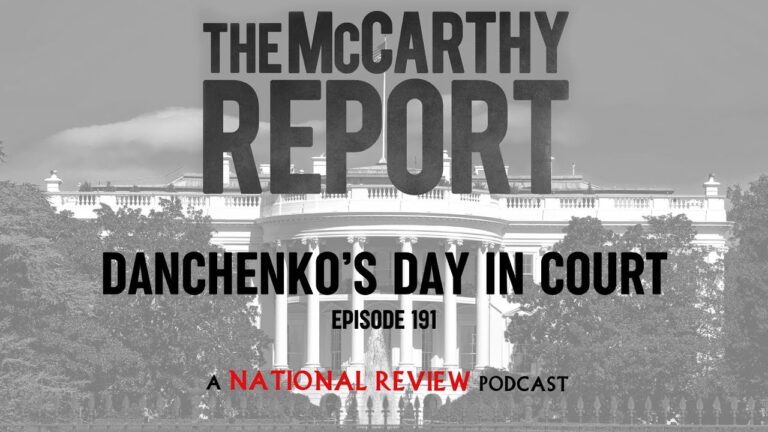
Introduction
The Liberal Party of Canada has been under scrutiny as it embarks on a critical leadership reform. This topic’s importance lies in its potential to reshape the party’s future, influencing policy-making, electoral strategies, and overall governance in Canada. With increasing public demand for transparency and accountability in political parties, the reforms aim to strengthen democratic processes within the party framework.
Recent Developments
In light of recent electoral challenges, the Liberal Party initiated a series of reforms designed to modernize its leadership selection process. One of the key proposals includes transitioning from a delegated convention system to a one-member, one-vote system. This change is intended to enhance grassroots participation and ensure that leadership candidates are more representative of the party’s diverse membership.
Furthermore, party insiders have reported discussions surrounding the introduction of gender parity measures for leadership positions, aimed at fostering inclusivity and attracting a broader range of candidates. These reforms are seen by many as necessary steps towards revitalizing the party, especially after the disappointing outcomes in several recent provincial elections.
Challenges and Criticisms
While the proposed reforms have garnered significant support, they have also faced criticism. Some party members express concern that the changes might dilute the influence of experienced party elites who have traditionally played a key role in the leadership selection. Questions have been raised regarding the feasibility of implementing such changes in a timely manner, given the party’s upcoming electoral commitments.
Additionally, political analysts warn that while reforming leadership processes is essential, it must be coupled with a clear vision and policy direction to counter the rising popularity of rival parties, such as the Conservatives and the NDP. The Liberal Party’s ability to adapt and respond to public sentiment will be crucial to its success in future elections.
Conclusion
The Liberal Party’s leadership reform is a pivotal moment that could redefine its political landscape. As the party moves forward with these proposed changes, it must effectively communicate its vision to its members and the general public to re-establish trust and support. Experts anticipate that if these reforms are successfully implemented, they could lead to a revitalized party identity better aligned with the values of contemporary Canadian voters. Ultimately, the success of these reforms will depend not only on their execution but also on the party’s responsiveness to the challenges ahead.




